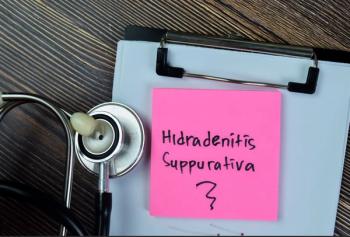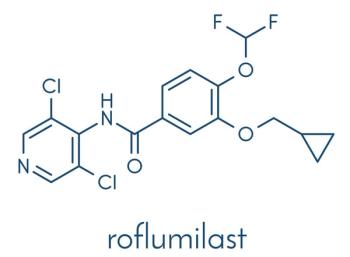
Benign Epidermal Inclusion Cysts
A 50-year-old man wonders whether the many lesions he has had for “almost all my life” can be removed. The lesions are asymptomatic, but cosmetically disagreeable to his third wife.
A 50-year-old man wonders whether the many lesions he has had for “almost all my life” can be removed. The lesions are asymptomatic, but cosmetically disagreeable to his third wife.
Key point: The smooth-shaped, deeply placed nodules are firm but partially compressible. Most physicians would readily recognize these as benign epidermal inclusion cysts.
Treatment: Surgical excision via any of several different techniques could easily be done to remove the larger and more objectionable cysts. The entire lesion, including the wall, must be removed to prevent recurrence. Thus, simple incision and expression of cyst contents is not sufficient.
Note: The unusual feature here is the large number of epidermal cysts. This should arouse suspicion of Gardner syndrome, an autosomal dominant trait characterized by premalignant intestinal polyposis, epidermoid cysts, osteomas, and desmoid or fibrous tumors of the skin and other sites. Epidermal cysts occur in 35% of individuals with Gardner syndrome.
Newsletter
Enhance your clinical practice with the Patient Care newsletter, offering the latest evidence-based guidelines, diagnostic insights, and treatment strategies for primary care physicians.



















































































































































































































































































